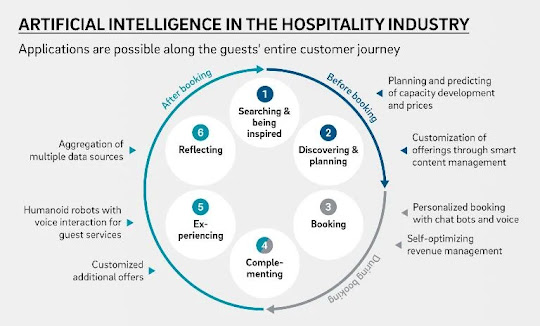In today's digital age, technology has become an indispensable tool in every aspect of our lives, and education is no exception. The integration of technology in education management has revolutionized traditional practices, transforming the way educational institutions operate, collaborate, and deliver knowledge. In this article, we will explore how technology is changing the face of education management and the myriad benefits it offers to professional executives in the field.
One of the significant ways that technology is reshaping education management is by streamlining administrative tasks. From enrollment processes to student records management, technology is being used to automate and simplify various administrative procedures. Powerful student information systems, learning management platforms, and integrated databases have replaced manual paperwork, reducing human error and administrative burden.
By automating routine tasks, educational institutions are able to allocate more time and resources to strategic planning and student-centric activities.
Technology has enhanced communication and collaboration within the education management system. Email, instant messaging, video conferencing, and collaborative platforms enable seamless communication among administrators, teachers, parents, and students. These tools promote efficient information sharing, allowing stakeholders to exchange ideas, discuss concerns, and make informed decisions. Moreover, virtual meeting platforms have eliminated geographical barriers, enabling remote collaboration and international partnerships, thus broadening educational horizons.
The potential for personalized learning and adaptive assessments, tailoring education to individual students' needs has been unlocked. Learning management systems offer adaptive learning paths, where students progress at their own pace and receive targeted content based on their strengths and weaknesses. Intelligent algorithms and data analytics can provide educators with valuable insights into students' learning patterns, facilitating targeted interventions and individualized support. Adaptive assessments further gauge students' progress, providing timely feedback and fostering a more comprehensive understanding of their academic performance.
The advent of technology has ushered in an era of digital content and virtual classrooms, transcending the limitations of traditional textbooks and physical classrooms. Educational institutions now have access to vast online resources, including e-books, interactive multimedia, and educational apps, catering to diverse learning styles. Virtual classrooms facilitate distance learning, making education accessible to students worldwide. Video lectures, webinars, and online discussion boards enable asynchronous learning, encouraging active participation and knowledge sharing beyond the confines of traditional timetables.
Education management has been empowered with data-driven decision making, promoting evidence-based practices. Learning analytics tools capture valuable data on student performance, attendance, and engagement, providing administrators and educators with actionable insights. With data-driven decision making, educational institutions can identify trends, improve instructional strategies, and implement targeted interventions. These insights also enable personalized support for at-risk students, leading to better student outcomes and increased retention rates.
In our educational world of today, the integration of technology into education management is fundamentally reshaping the landscape of education, offering tremendous opportunities for professional executives. By streamlining administrative tasks, enhancing communication and collaboration, enabling personalized learning, and leveraging digital content and data analytics, technology is revolutionizing education management.
As a professional executive, embracing and harnessing these technological advancements can lead to improved operational efficiency, enhanced student outcomes, and a more engaging and inclusive learning environment. It is necessary for educators and institution administrators to keep pace with the evolving technology landscape, and drive positive change to shape the future of education in a way that benefits all stakeholders.






